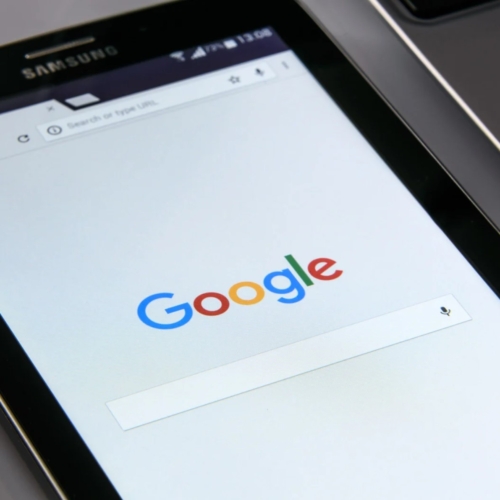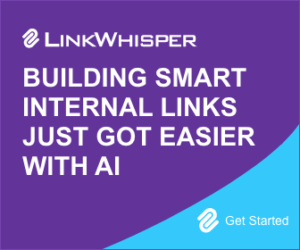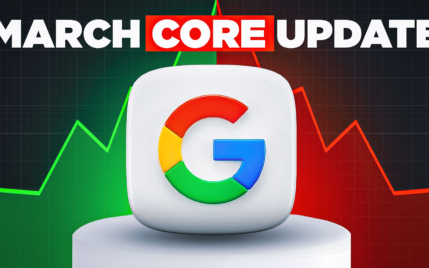The Marketing Flywheel Model: How to Grow Your Business Via Loyal Customers

When you buy something through one of the links on our site, we may earn an affiliate commission.
Make sure you are working smarter rather than harder on your marketing efforts. Many people know that a sales funnel can be a great way to nurture leads, but there is another method that might be even more effective for your brand: the marketing flywheel model.
Why does the flywheel marketing model hold more power to boost sales and build loyalty?
In this customer-centric model, you can spend less money on your advertising and more time fostering win-win connections with your customers.
Let's take a closer look at how you can use this inbound marketing effort to enhance the customer experience.
Contents
- What is the Flywheel Marketing Model?
- The Three Stages of the Marketing Flywheel
- Benefits of the Marketing Flywheel Model
- How to Help Your Flywheel Spin Faster
- Friction & Slowing Down Your Flywheel
- Which Gets More Customers: Marketing Flywheel or Funnel?
- How to Build a Successful Flywheel Marketing Model
- Final Thoughts: Is the Marketing Flywheel Right for You?
What is the Flywheel Marketing Model?
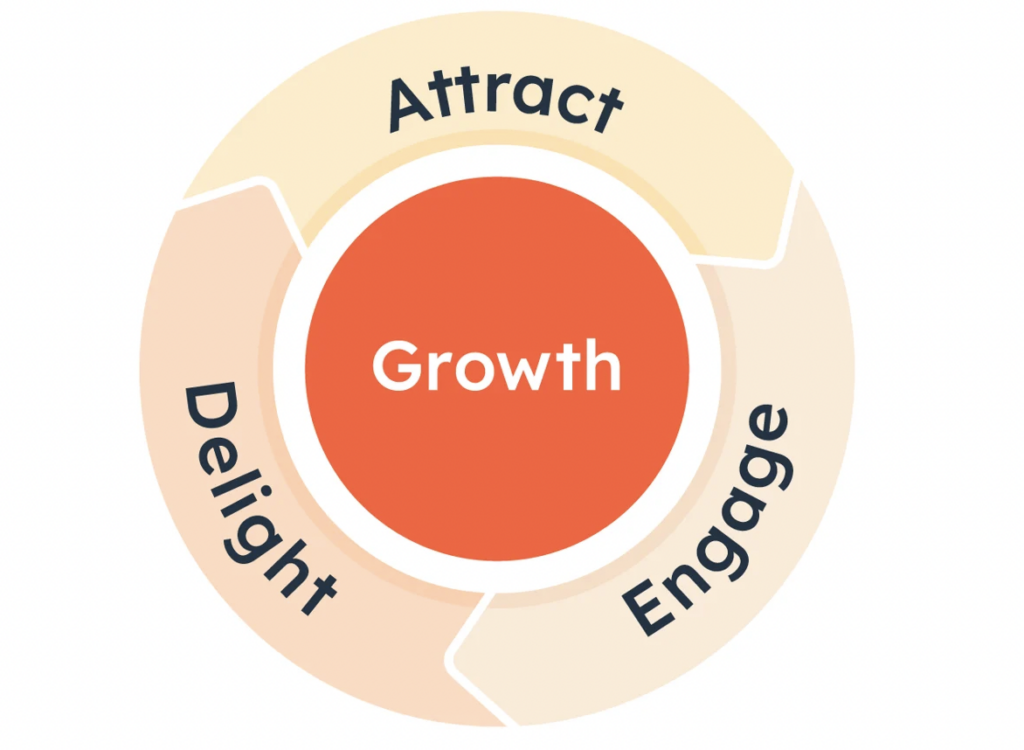
Hubspot's sales and marketing teams are behind this inbound marketing method that drives people to purchase.
It's unique in the way that it pushes people along the customer journey in a cyclical pattern rather than funneling them down in the more traditional sales funnel.
But how is it possible for you to spend less on your advertising when you implement this practice?
The basic model focuses on a pattern like this:
- A happy customer reviews your product or service.
- These reviews attract new customers who are interested in what you have to offer.
- They engage with your brand via free content marketing or low-cost items.
- These customers eventually purchase and are satisfied customers.
- They review your product or service -- and the cycle repeats.
The most important thing to note is that customer success is the end goal for any business, and the marketing flywheel emphasizes a great experience with your brand as the pinnacle of success.
And as you can see, there are some inherent benefits for your business growth when you shepherd people along the customer journey in this way.
They become loyal customers for life, and it all starts with the three stages of the marketing flywheel.
The Three Stages of the Marketing Flywheel
Are you ready to dive deep into how to implement this method into your marketing efforts?
Every one of your customers must experience the three stages of the flywheel: attraction, engagement, and, ultimately - delight.
Attract

When you start to market your business, you must first attract new eyes to your product or service. At this stage of the game, you want to start with a strategy to break down their resistance to making a purchase with you. Do what you can to foster a connection with them as early as possible.
For example, you might want to create lots of free content for them via a robust content marketing strategy. This can mean getting people to your website or brand via social media marketing, paid ads, or SEO.
Engage Phase

Once people are more familiar with your brand, they are more likely to make a purchase. To this end, you need to make it easier for them to actually make a purchase in a way that feels comfortable for them.
In other words, you should be focused on what is best for creating loyal customers rather than on your bottom line. You can do this by personalizing their experience with you, connecting with them across multiple platforms, offering great customer support and onboarding (if applicable), and even offering guarantees that they will be delighted with your product.
Delight Customers

At this stage, you want to go beyond what is expected of a brand with your customer service team.
Offer them as much help as they need to make the best use of your product or service.
The best way to ensure happy customers and repeat customers is to help them make a tangible step toward the person they ultimately want to be.
If you can help your existing customers find satisfaction in your sales - such that they want to share the experience with their friends, you will be well on your way to flywheel marketing.
Benefits of the Marketing Flywheel Model
Maybe you're starting to see that the flywheel model has tons of potential for your marketing strategy (also, be sure to check out the Amazon flywheel). Here are some of the top benefits you will want to consider when deciding if this model is the right fit for you.
Qualified Leads
Are you ready to start generating lots of new customers? It might be easier than you think.
Consider the interconnected way the flywheel model can help:
Your existing customers are thrilled with your delivery, so they share it with someone else. People trust the reviews of their loved ones.
And in turn, this makes them more willing to trust your brand to deliver for them as well.
The people you do have sign up for your products are therefore already more qualified than cold leads you would have to nurture along in other marketing efforts.
Better Internal Processes

Your customer service team doesn't exist within a bubble, even though many business owners seem to think it does. Instead, the key to customer satisfaction is that it involves everyone on your team.
With everyone working at all stages of the customer journey, you are more likely to see where there is a breakdown in the customer experience or within your own team.
Don't let your flywheel slow down because of poor internal processes!
Foster Loyal Customers
Did you know that the cost of acquiring new customers is five times higher than keeping the clients you already have? The flywheel model depends on happy customers, which can easily translate to repeat customers.
When you have a high degree of customer satisfaction, you can keep them in the system and potentially sell to them again and again on your other offers.
So while a funnel stops nurturing leads after they buy, a marketing flywheel model keeps spinning.
Gain Momentum Quickly

The real benefit of flywheel marketing is that you can start to gain momentum relatively quickly when you focus your efforts on the customer experience. All you need to do is start spinning faster (more on this in a minute).
And unlike traditional advertising channels, which can take a while to show its effects, flywheel marketing is a lightweight opportunity to get more qualified leads immediately.
How to Help Your Flywheel Spin Faster
Are you curious about what you can do to start spinning that flywheel and making more sales?
The customer experience is the most important aspect of your sales process, but here are a few of our top marketing strategies that can help you gain ground.
Setting Goals for Your Business Growth
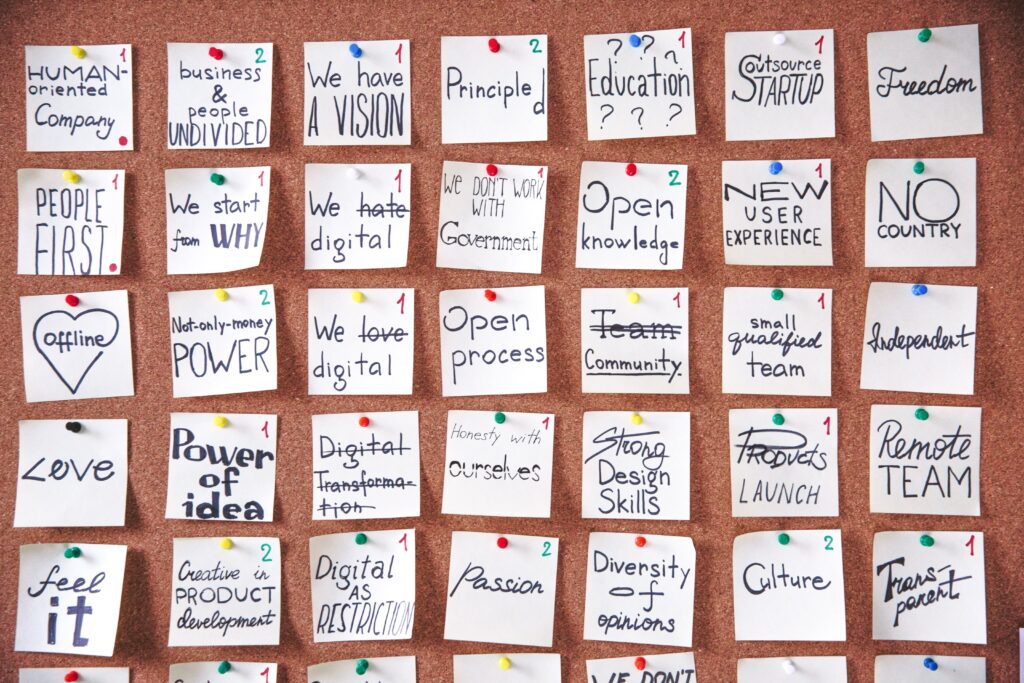
No business can function without setting clear goals.
Without a business strategy, you will have a harder time implementing flywheel marketing. So be sure to take some time before you begin to set clear goals for yourself at every stage of the process.
Here are some examples:
- Attract: How many new leads do you want to have? How many free trials should you have signed up? This is the stage where you should measure new leads coming into the flywheel.
- Engage: How many people are coming to your content and spending time browsing here? What is the average time spent on the page or the number of people actively engaging with free webinars and marketing materials?
- Delight: How many positive reviews do you have? How many customers have given you a referral? This leads you back to attract as you try to nurture these new referrals to their own engage and delight stages.
Strategies for Growth

If you want to make the most of your marketing strategies, you may want to consider how you can grow faster.
Here are a few strategies for growth that can make your flywheel marketing that much more efficient:
- Focus on content marketing: You can attract, engage, and delight your customers with your content. Focus on providing real value, but you should also be concerned with search engine optimization that attracts new clients into your flywheel.
- Enhance the customer experience: Make it feel like a real experience to purchase from you. Give each customer some type of personalized attention (even if it's just a personalized email). Your customer service team should be proactive rather than reactive.
- Loyalty programs: Who doesn't love to feel like their business is valued? Customer loyalty programs make it beneficial for customers to stay and make more purchases because they have an incentive to spend more with you.
Friction & Slowing Down Your Flywheel
When it comes to flywheel marketing, business owners might encounter a couple of pinch points. These are often referred to as "friction" in your marketing flywheel because it keeps the wheel from turning at its highest speed.
You can slow down your flywheel by:
- Making it difficult for customers to see the next path forward.
- Not having a team dedicated to getting customers started with your product or service right away.
- Having complex communication structures.
- Implementing poor processes like bad software or a bad interface into the buying experience.
Think about it from your customers' perspective and heed their feedback.
You may even try to sign up for your services yourself (or various members of your team) to see every step of the process and identify the breakdown points.
Friction is bad for the flywheel, so grease the wheel with smooth processes.
Which Gets More Customers: Marketing Flywheel or Funnel?

Most people are already familiar with the funnel model, so it begs the question: which option gets you the most clients? There is a lot of debate over which method is best, but flywheel marketing holds a lot more promise for a customer-focused interaction.
Flywheel marketing focuses on the entire process of getting a sale and then brings customers back to the top of the circle again. Once you have delighted customers, it is easy to attract them to your very next offer, engage with them, and delight them all over again.
On the other hand, a funnel model focuses solely on getting the sale -- just the first time.
Let's take a closer look at how funnels break down compared to a marketing flywheel.
How the Funnel Model Breaks Down
How does the funnel break down compared to the marketing flywheel? The most serious offense of the funnel is that it doesn't account for repeat customers. Instead, it is focused on attracting cold leads and pushing them further down the funnel until it results in a closed deal.
Think about the main stages of a marketing funnel:
- Attract
- Engage
- Capture
- Nurture
- Convert
There is no additional step for bringing more awareness back to your brand via online reviews or word-of-mouth advertising. Once you make the sale, that is it as far as your customer experience goes.
This means you might lose valuable sales, repeat customers, and great (free) advertising.
If you are curious about how a sales funnel model works, you can see some of our other guides on this topic:
- How to Create an Affiliate Marketing Funnel
- 15 of the Best Funnel Builders that Actually Convert
- 7 Cheapest Funnel Builder Solutions
How to Build a Successful Flywheel Marketing Model
Are you ready to start implementing flywheel marketing into your business strategy? These core components will get you thinking about customer feedback and growth opportunities.
Target and Attract Customers Early with Free Content

The first thing you need to do is create content for the buyer's journey. Customer acquisition starts when someone engages with your content, so you should focus your efforts here first. Create quality content and make it free for everyone to engage with.
SEO can be helpful here as long as it doesn't detract from your customer experience with the content.
Engage and Provide Value with Excellent Customer Service
Once you have potential customers moving through your flywheel, you need to make sure your team is ready to handle them. Have clear processes for your customer service team about how to answer the most commonly asked questions.
Give them autonomy to solve problems on their own and to give the client the best experience they possibly can.
Deliver on Your Promises
Is there anything worse than spending your hard-earned money on something and realizing it doesn't deliver? Don't disappoint your current customers with a subpar product or service. A positive customer experience doesn't end when they finish engaging with your customer service team. It ends when they complete using your service or use your product.
Don't make promises you know you can't keep.
Hubspot's Inbound Marketing Course
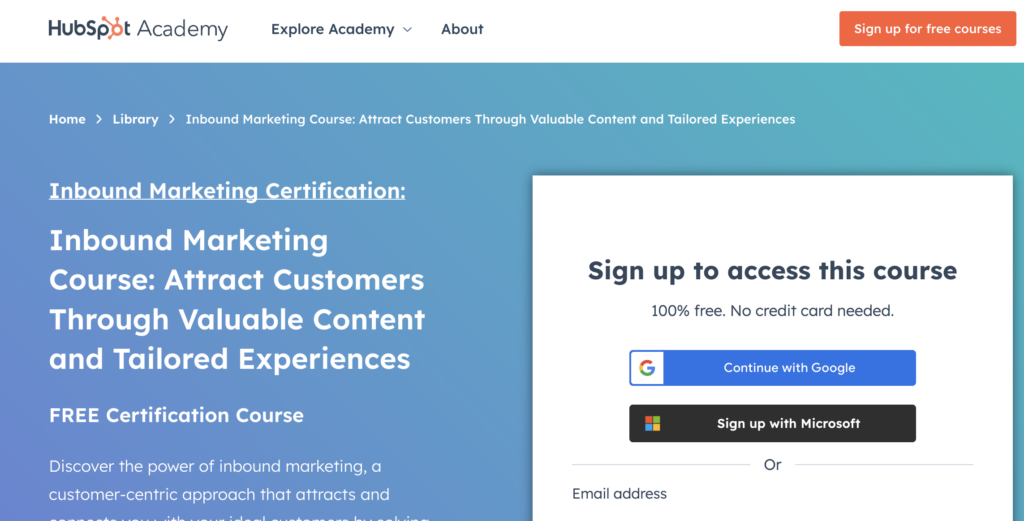
If you need more help with your flywheel marketing model, it might be time to sign up for help. Hubspot has a free inbound marketing certificate that you can take from the comfort of your own home. It teaches you everything you need to know about placing your client at the center of your interactions.
Final Thoughts: Is the Marketing Flywheel Right for You?
A marketing flywheel can be a powerful tool to boost sales and conversions, even beyond a more traditional sales funnel that tends to break down over time. If you are ready to attract, engage, and delight customers with your products and services, get ready to spin your flywheel faster with these top tips!
Want to learn step-by-step how I built my Niche Site Empire up to a full-time income?
Yes! I Love to Learn
Learn How I Built My Niche Site Empire to a Full-time Income
- How to Pick the Right Keywords at the START, and avoid the losers
- How to Scale and Outsource 90% of the Work, Allowing Your Empire to GROW Without You
- How to Build a Site That Gets REAL TRAFFIC FROM GOOGLE (every. single. day.)
- Subscribe to the Niche Pursuits Newsletter delivered with value 3X per week
My top recommendations


